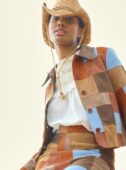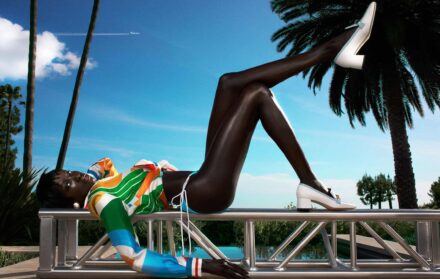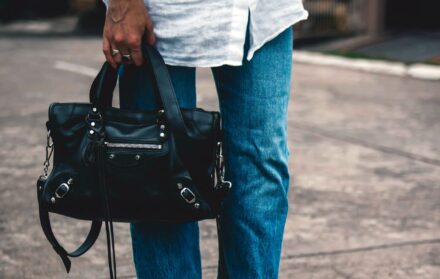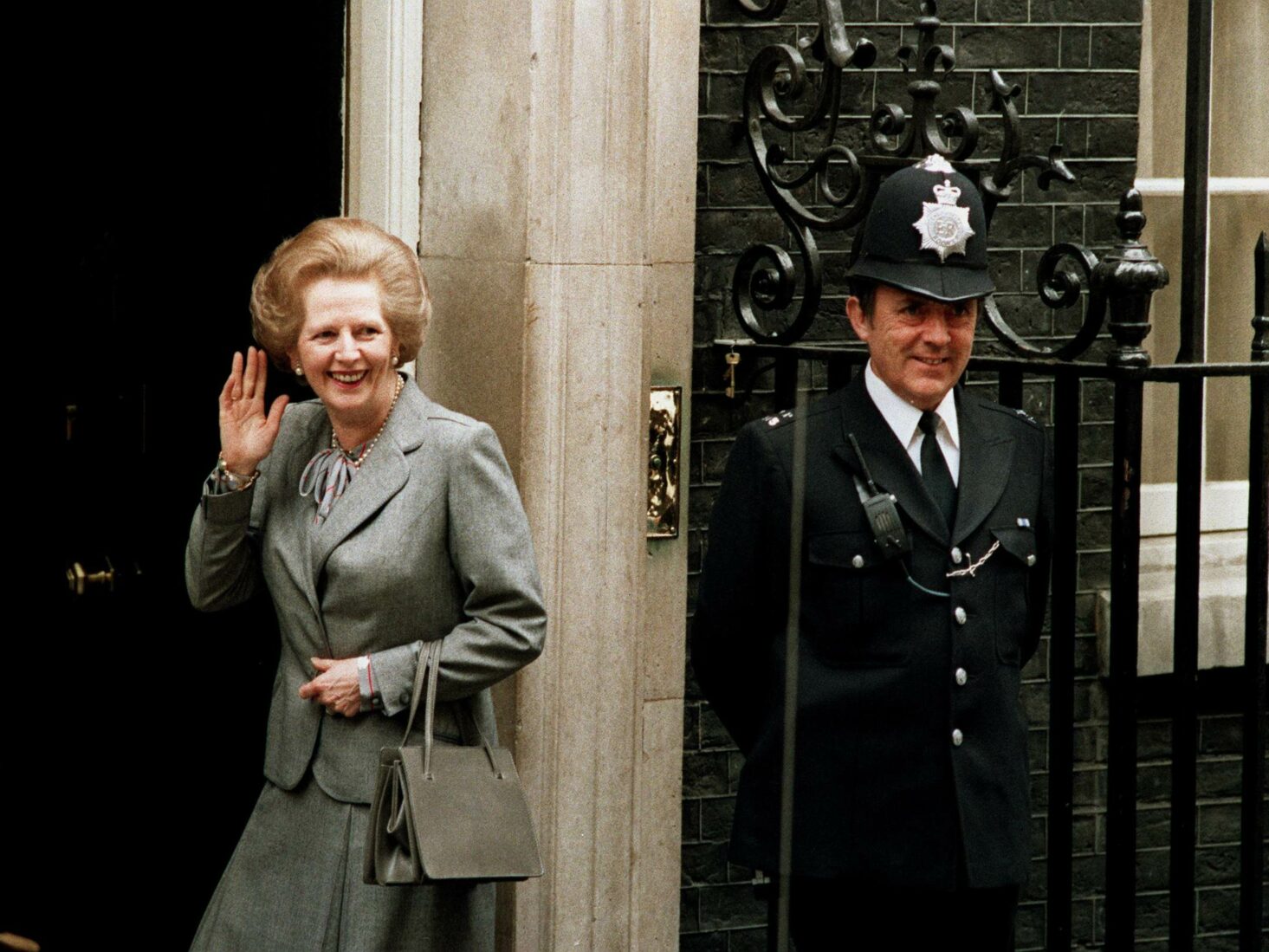
Margaret Thatcher’s Asprey tote headlines a new V&A handbag exhibition
Four years after snubbing Thatcher's wardrobe, the V&A has bagged her grey Asprey tote
Picture this: the year is 1959 and Robert Dumas-Hermès is poised to mark a decade at the helm of his family business. Just three years previously, the now world-famous design house had rocketed into sartorial stardom thanks to actress Grace Kelly, who had used the brand’s Sac à Dépêches (renamed the Hermès Kelly in 1977) to shield her pregnant belly.

The rectangular body and short handle made it the perfect size to swing from an arm – and to hide a swelling stomach – but entirely impractical once the baby was born. Pregnant herself with her fifth child, Hermès designer Catherine Chaillet set to work on what would become the next Hermès icon, with function – and free hands – at the forefront of her vision. The result was a flap top, cross-body tote with an adjustable strap for slinging over your shoulder. Christened the Constance after Chaillet’s daughter, who arrived a day before her namesake left the Hermès production store, the bag was a roaring success, finding a fan in First Lady Jackie Kennedy. Today it is considered part of the Hermès ‘Holy Trinity’, along with the Kelly and the Birkin.
The Constance, designed with form, function and women in mind, perhaps best sums up the handbag as an accessory, for which design constantly straddles practicality. Your bag could be a lifeline, a portable storage unit for life’s most treasured possessions, or an entirely superfluous object worn for aesthetic alone. See Olympia Le-Tan’s minaudières, designed with storybook covers or in collaboration with artists (her latest collection features prints by Jean-Michel Basquiat), or Anya Hindmarch’s kitsch branded totes – a Frostie’s shopper; a Heinz Tomato Ketchup evening bag.
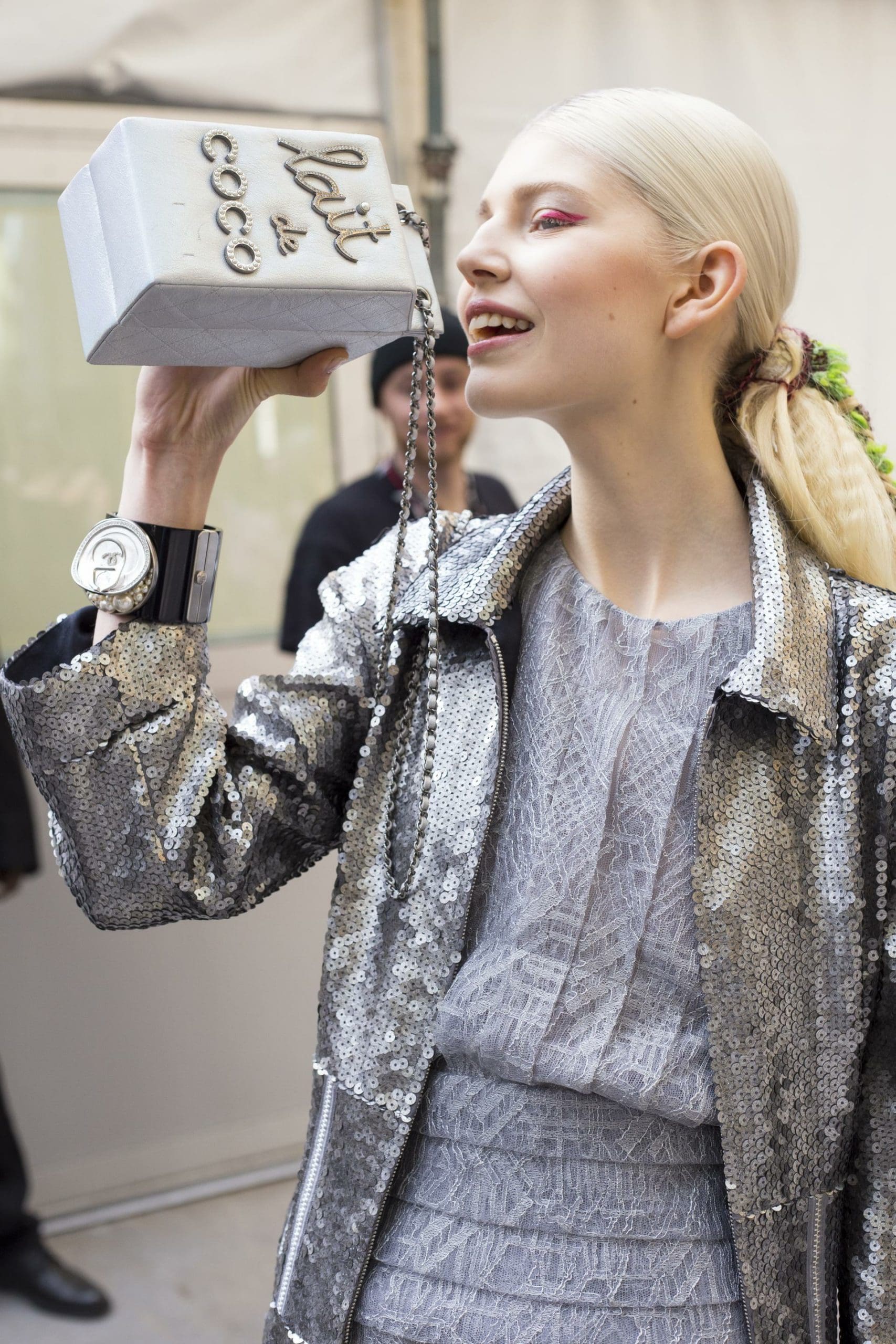
It can even be a force for change: Hindmarch was one of the first to dismiss single-use plastics with her 2007 canvas tote that bore the missive ‘I’m not a plastic bag’, and more recently unveiled her new eco-friendly ‘I am plastic bag’ shopper at LFW AW20. Bottletop, meanwhile, champions sustainability through its recycled ring pull accessories and this season announced Halima Aden, the first hijab-wearing runway model, as the face of the brand.
This December, the Victoria and Albert Museum will explore the handbag as an icon of function, status and craftsmanship in a new exhibition, Bags: Inside Out. Alongside collectors’ items such as Dior’s Lady Dior, the aforementioned Hermès Birkin and Carrie Bradshaw’s Fendi Baguette, there will be totes of historic note: Queen Mary’s WWII gas mask bag, Winston Churchill’s despatch box and Margaret Thatcher’s grey Asprey. The latter is particularly interesting, given that the V&A declined the offer to acquire Thatcher’s full wardrobe a few years ago. The Asprey has been borrowed from the Museum of Bags in Amsterdam.
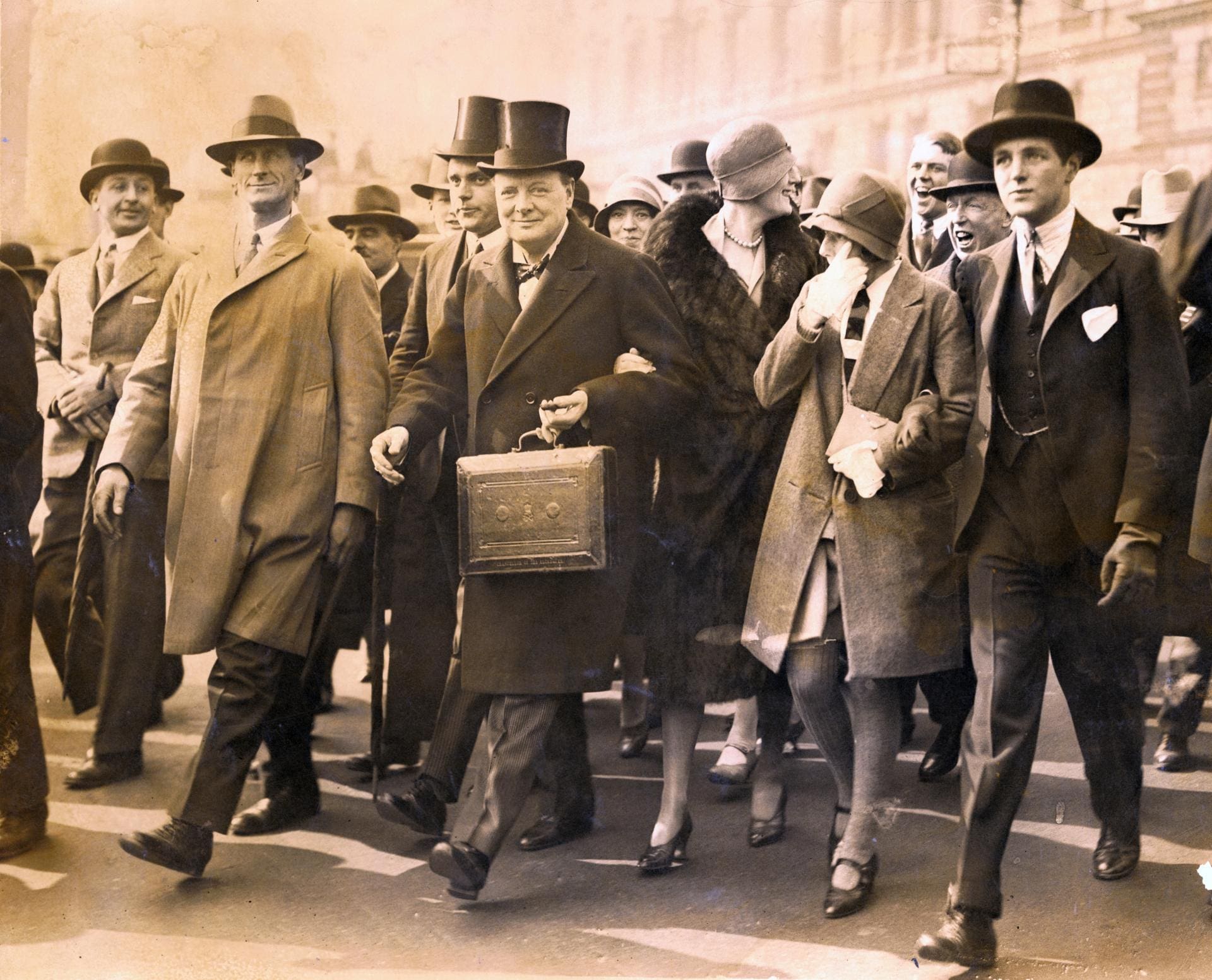
A section on design, meanwhile, will explore the Surrealism and humour championed through such accessories – think a Chanel milk carton, a Thom Browne sausage dog and a 17th-century purse in the shape of a frog.
“Bags can be functional and beautiful, public and private,” says Thierry Andretta, CEO of Mulberry, which is sponsoring the exhibition. “They carry cultural and personal meaning, as well as our belongings, and they are iconic pieces of design worth celebrating in their own right.”
Bags: Inside Out, sponsored by Mulberry, 12 December – 12 September, V&A, Cromwell Road, SW7, www.vam.ac.uk

